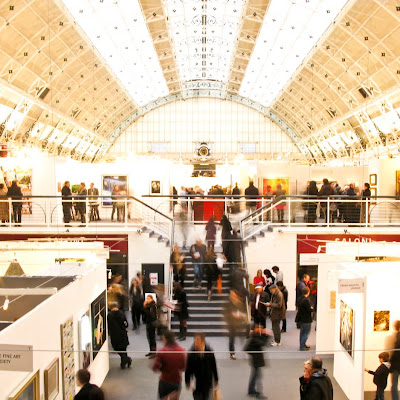I went into a meltdown yesterday, spending the whole day drawing.
This the my original
grub in the pages of the book. A while ago I was photocopying in the library something about
Pestival, when I came across this old photo, somebody had left in the magazine. So I photocopied it into the article. As a result, the meaning of the image and the article changed, extended, metamorphosed. The title:
Fig.7. Grub in the pages of the book expanded: now it was referring to the underdressed woman, to the photo, to the idea of the pest and the book.
"Things become complicated in arts context" (John Baldessari) - yes, indeed.

Anyway, by the end of yesterday my grub underwent metamorphosis and here is a very extended vision of what a grub is and what it does.

Top picture: Grub in the book flies to the moon. He takes the GHOST along. For company. The GHOST hates the trip but stays polite in front of the press.
Bottom picture: This is not my grub. She came here by herself. To pause for a minute.

Grubs don't go chasing waterfalls. Especially not the ones from the books.
Not profound at all - but I had fun!





















































